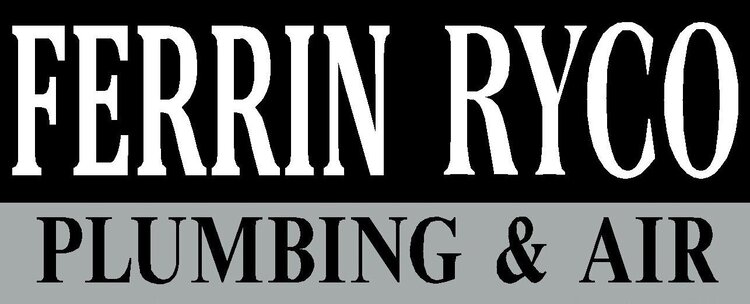What's That Smell?: The Signs And Symptoms Of A Broken Sewer Line.
It is estimated that more than 4,000,000 homeowners will have a major sewer or septic line disruption by the end of 2013.
On the daily list of things to worry about, sewer line maintenance isn’t usually one of them. This is mainly due to the fact that many homeowners just aren’t aware of the importance of maintaining their sewer lines or how to spot warning signs that might signal a problem.
Like many plumbing issues, the homeowner is responsible for understanding the basics of the issue. They have to know how defects can be detected and when calling a professional is necessary.
Here is everything you need to know about sewer line inspection and how you can use that knowledge to protect your property.
The Importance Of Sewer Line Inspection
Before anything, let’s talk about the number one reason why having your sewer lines inspected is important—money.
A home’s sewer system is often one of the most neglected aspects of a house because it’s underground—out of sight, out of mind. What’s ironic is that the most neglected aspect can turn into the most costly.
Lingering little sewer line issues that could have easily been repaired can escalate and become big problems for your home and your wallet.
Having a professional perform an inspection can help prevent these problems from escalating.
Reasons Why Sewer Lines Need Inspection
Tree roots that grow into a sewer line is one of the most common reasons why homeowners call a professional. These roots make their way into tiny openings and then expand in the pipe causing blockage and sometimes more serious damage.
Many homes built in the 1950s have sewer lines made from pipes called Orangeburg. This could be a problem as well. These pipes are known to collapse, and they typically require placement.
Similarly, older homes sometimes have to deal with cesspools. These underground containers were meant to temporarily store waste before cities and towns installed normal sewer systems, and now they’re more of a hindrance than anything.
Warning Signs To Look For
Damage to sewer lines can often go undetected for years, especially since lines can be as deep as 10 feet below the surface. Symptoms of sewer line damage might not make themselves apparent initially, but when they do you have to recognize them and act accordingly to prevent any further damage.
To detect a sewer line leak, keep an eye out for these signs:
Unusually lush patches of lawn in random areas
Sections of perpetually moist or damp ground
Sewage back-up in sinks and bathtubs
A foul odor lingering around your plumbing fixtures
How Sewer Lines Are Inspected
In the past, sewer line inspection was a tedious process. It involved using a tool called a mandrel that fits inside the correct dimensions of a pipe. Inspectors would attempt to pull the mandrel through the pipe, and if it made it to the end, no repairs were needed. If the tool got stuck, it signaled an issue in the piping that needed to be fixed.
Today, laser devices produce a digital profile of the pipes. Similar to the mandrel, the laser takes measurements as it goes from one end of the pipe to the other, and these measurements are crucial to detecting defects.
These instruments easily detect the size and extent of the defects, and they eliminate the need for physical entry into the pipes.
Video Inspections
At RYCO, we use a specially designed snake video camera that travels into pipes. This allows us and the homeowners to see what is going on in the pipes both inside and outside of the home.
One of the common issues we find outside of the home is tree roots. Those trees may look harmless in your yard, but their roots are powerful and cause all kinds of issues with pipes and other items underground. See inside an actual sewer line and the damage caused by roots on our RYCO Plumbing YouTube Channel.
The camera process allows us to see exactly where issues, like tree roots, are occurring. We can show the homeowner exactly what is happening and tell them what we recommend as a way to fix any issue.
Final Thoughts
Don’t let thoughts of your sewer line fall to the back of your mind. Stay on top of the symptoms of a busted pipe, and when in doubt, schedule a time to have your lines inspected.
The fee you’ll pay to have a professional inspect your lines hardly compares to the cost you would pay to make major repairs.
What experiences have you had with sewer line inspection/repair?
Tell us in the comments!
Image: Flickr


